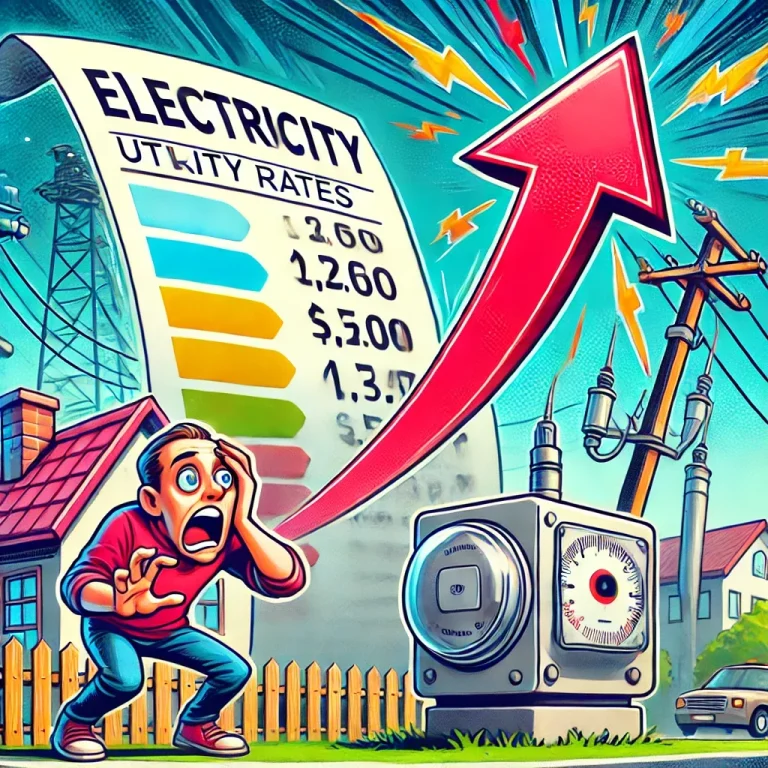
Why electric will continue to rise
Electricity rates are increasing due to several key factors, including rising fuel costs, infrastructure upgrades, and regulatory changes. Here’s a breakdown of the main reasons:
1. Rising Fuel Costs
- Many power plants rely on natural gas, coal, and oil, which have seen price increases due to supply chain disruptions, geopolitical tensions, and inflation.
- Higher fuel costs mean higher production costs for electricity, which get passed on to consumers.
2. Grid Infrastructure Upgrades
- Aging power grids require maintenance, modernization, and expansion to support growing energy demand.
- Investments in renewable energy integration, transmission lines, and cybersecurity contribute to increased costs.
3. Extreme Weather Events
- Hurricanes, heatwaves, and winter storms damage power infrastructure, leading to expensive repairs.
- Utilities often raise rates to recover losses from these events and to prepare for future climate-related disruptions.
4. Increased Energy Demand
- Growing electricity demand from AI data centers, electric vehicles (EVs), and home electrification puts pressure on supply.
- Utilities need to expand capacity and invest in new generation sources, leading to higher costs.
5. State & Federal Regulations
- Some states are phasing out coal and fossil fuels, requiring utilities to invest in renewable energy sources like solar and wind, which come with upfront costs.
- Carbon pricing, environmental regulations, and clean energy mandates also contribute to higher electricity rates.
6. Utility Company Cost Recovery
- Utility companies are monopolies in most areas and seek regulatory approval to adjust rates based on their costs.
- Many utilities are increasing rates to recover losses from past investments and maintain profitability.
©Copyright. All rights reserved.
We need your consent to load the translations
We use a third-party service to translate the website content that may collect data about your activity. Please review the details in the privacy policy and accept the service to view the translations.
